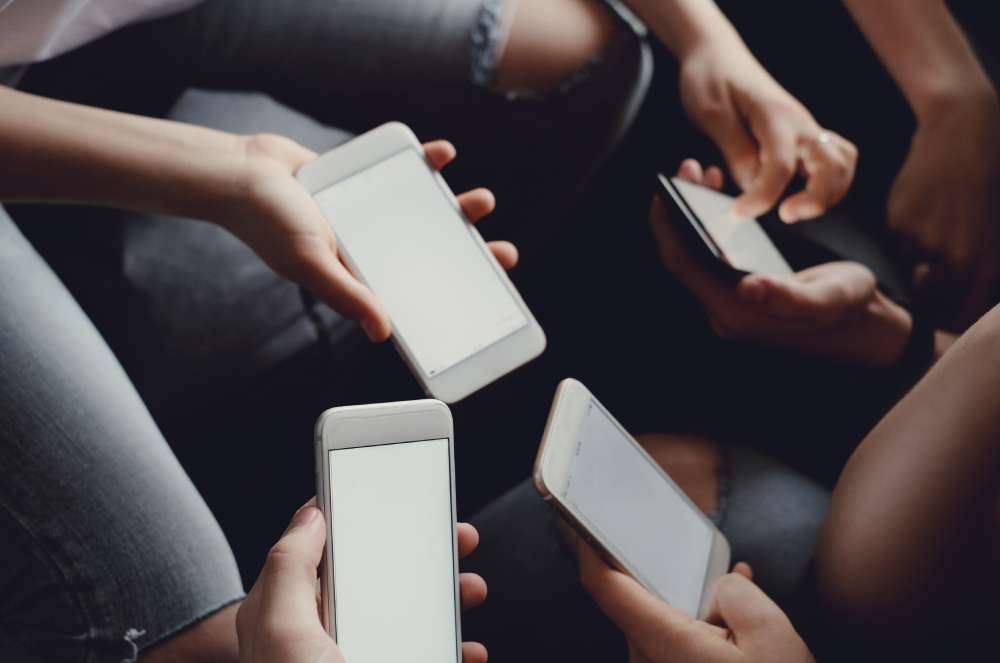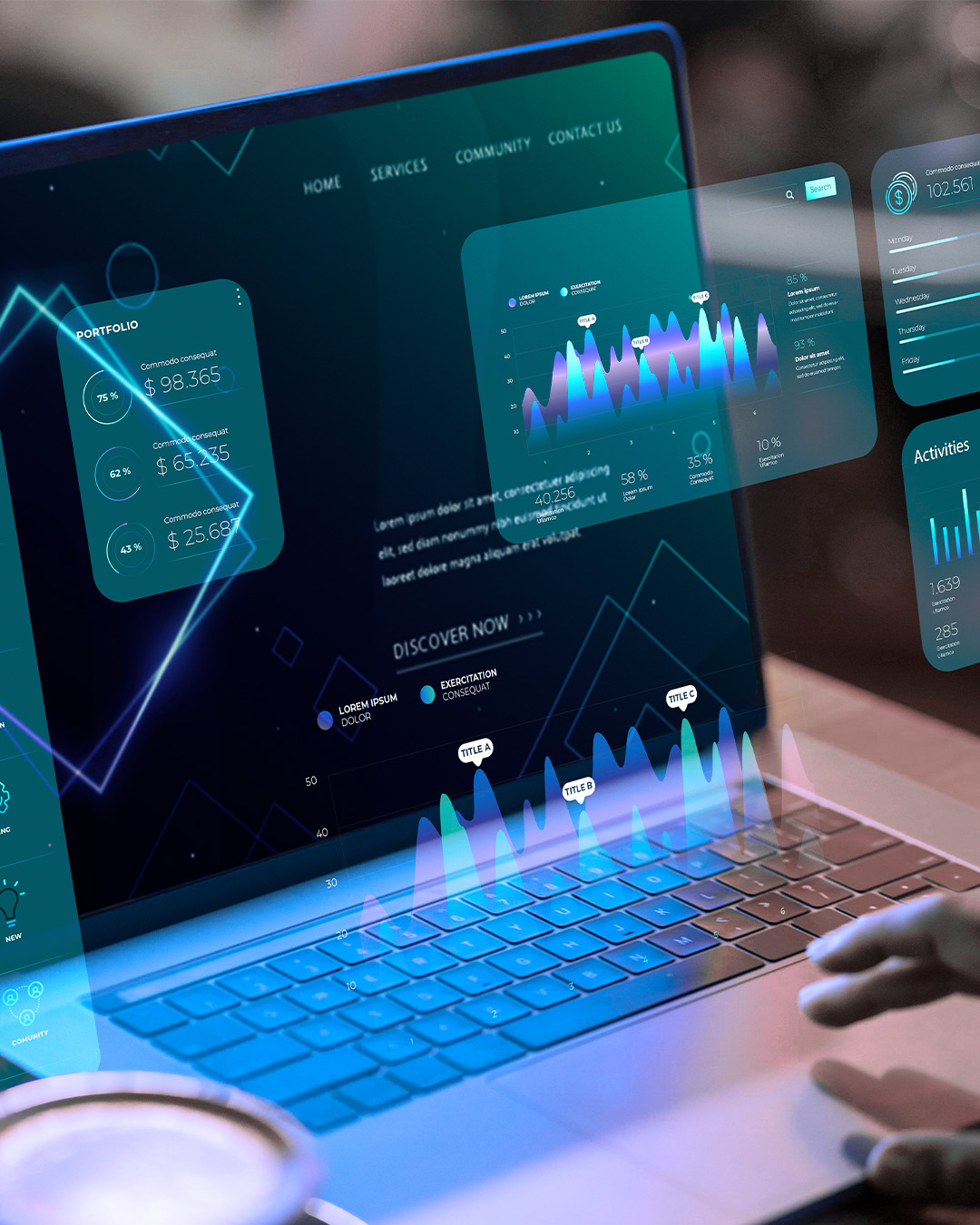The evolution of cell phones: Discover the history of the device that changed the world

Mobile phones have become an integral part of our lives. But have you ever stopped to think about the history of this device that revolutionized the world? This is the theme of the series "How It Works", by the British broadcaster BBC. Watch the video above.
In the same decade and in the same country as detective Dick Tracy's wrist gadget, phones started to be installed in cars. Technology for the few. Three users could connect at the same time.
In 1947, a scientist realized that a network of smaller transmission stations, operating in reduced areas, would work better than a large antenna trying to cover an ever-expanding area with more and more users.
The smaller but more spread-out antennas were a brilliant idea, but difficult to implement. It took 30 years to be put into practice – in the 1970s.
The First Mobile Call
"Dick Tracy had a wrist phone. So we went exactly down that path, the idea that a phone in your hand is an extension of yourself," says Marty Cooper, inventor of the mobile phone.
Just ten years later, the company would launch a mobile phone.
In April 1973, Marty Cooper, a scientist at Motorola, made the first-ever call from a mobile phone.
The Evolution to the iPhone
In 2010, Apple launched the iPhone 4. The hand would block the phone's antenna, causing the mobile to lose signal. The solution? A simple case that prevented direct contact between the hand and the phone's structure.
"It just looks like a cover. In fact, it creates protection. Your hand doesn’t touch the phone, which is enough to make a call," says Hannah Fry, creator of the series.
Still in 2010, a curious fact: in South Korea, the harsh winter posed a challenge: due to the cold and snow, it was impossible to type on a mobile phone while wearing gloves. The solution? Using a sausage instead of a finger. This works because, like the human body, this food contains water and minerals, which conduct electricity, unlike materials like wood.
From Touchscreens to Digital Cameras
The revolution in mobile phone screens happened in 2007, the year the first iPhone was launched. But touchscreen technology began to be developed much earlier, in the 1960s, to help manage air traffic. At that time, the code of each flight was entered into a computer.
Another star of smartphones is the digital camera sensor. Its story dates back to the 1970s when Kodak created the first model, which was the size of a toaster. Engineer Steve Sasson was tasked with this project.
The company that first integrated the digital camera into mobile phones was a Japanese company, Sharp, in partnership with the smallest carrier at the time in Japan, J-Phone.
The Friendly Interface and Apple's Impact
The mobile phone operating system is also the result of decades of evolution. Inspired by the computers of a company called Xerox, with menus, symbols, and icons instead of codes and words, it made the devices more accessible.
Apple adapted these ideas, first revolutionizing computers and later mobile phones.
From the Past to the Future
With over 120 years of history, the mobile phone is the result of the development of different technologies that began at the turn of the 19th to the 20th century with the invention of the radio.
This year, the future of the mobile phone began with the arrival of artificial intelligence in devices.
Source: Fantástico
Revolutionize your company with improvements, updated software, and specialized AI. Get in touch with us.



















